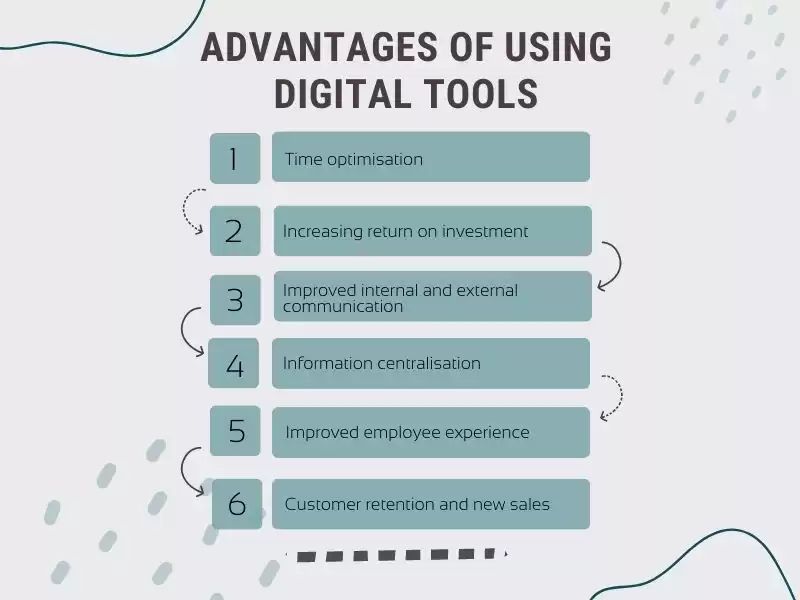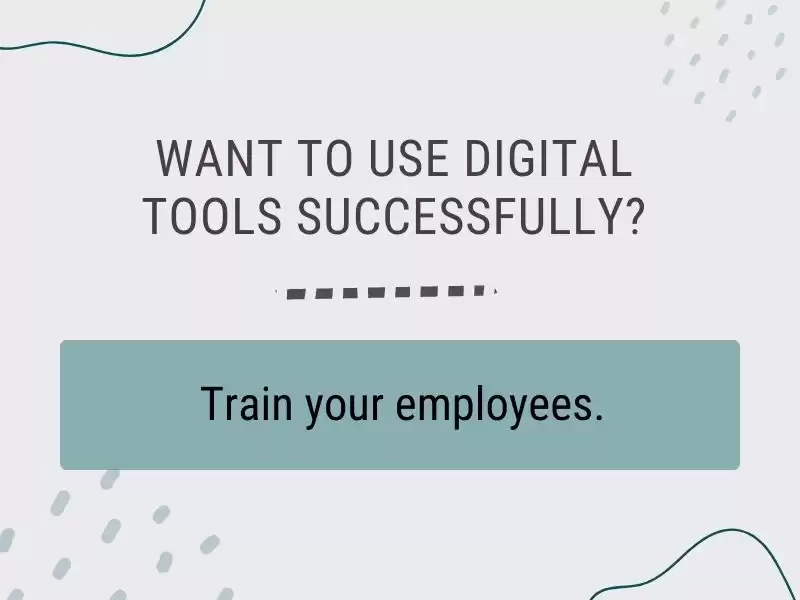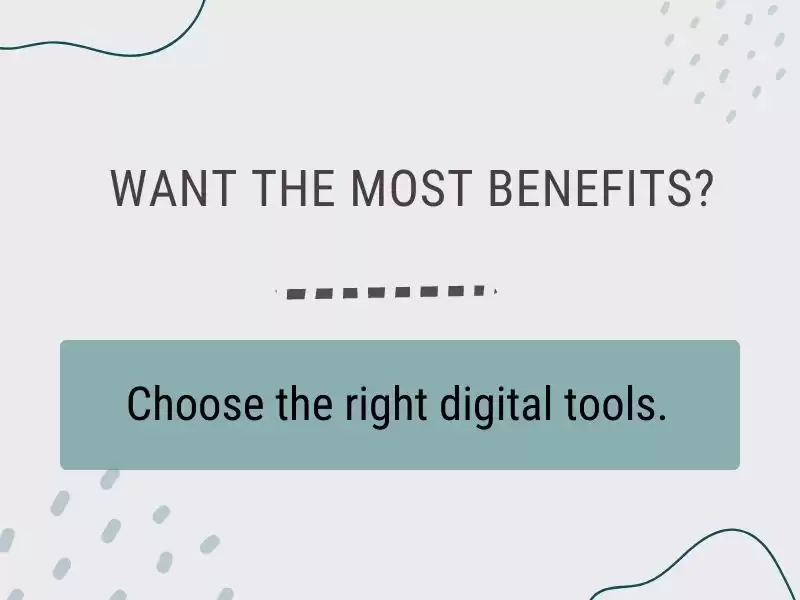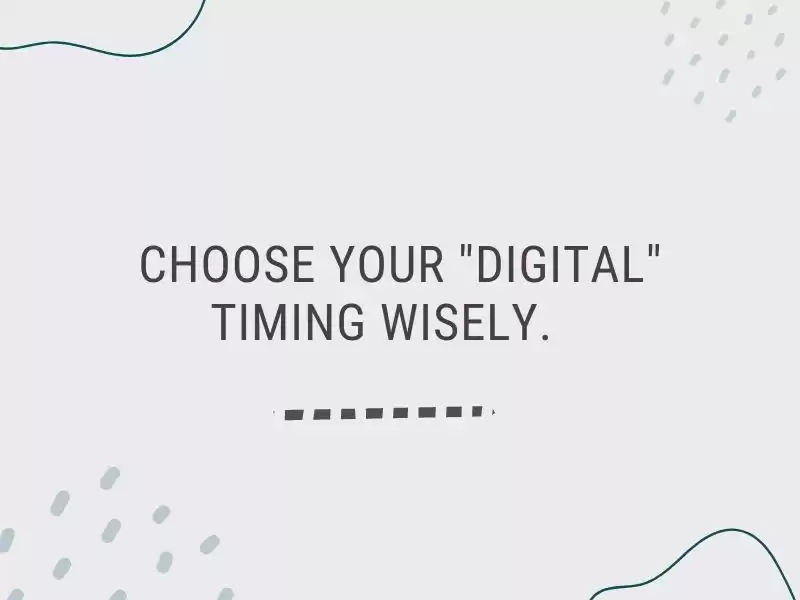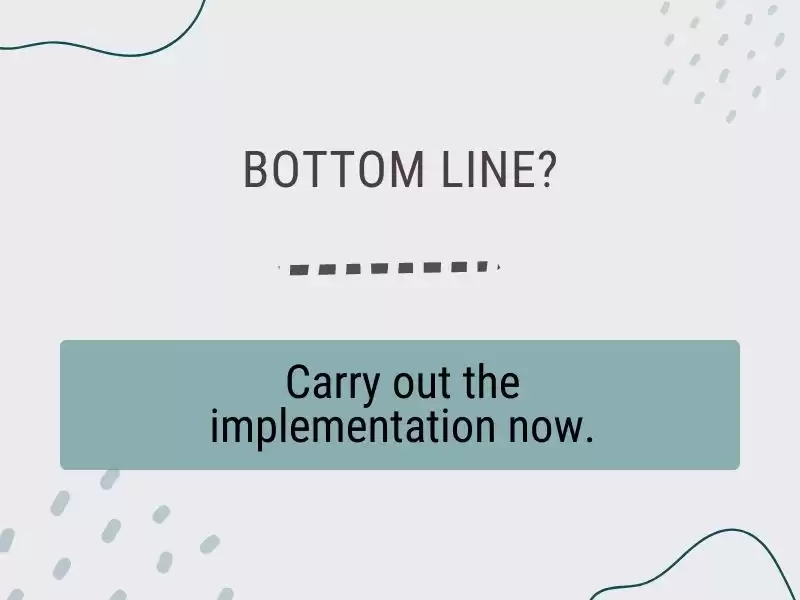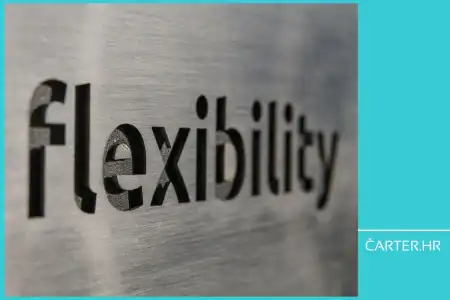
- 25.04.2023.
- News, Technology
Do you know when it's the right time to introduce new digital tools in your business? Is it the right moment for you, or will it never come? Learn to recognise the need and the moment and use the tools successfully.
The yacht charter industry has experienced significant growth in recent years. More and more people are choosing to enjoy all the benefits of vacationing on a private or crewed yacht.
The result of these changing times is more demanding guests who know everything - about the destination, what they want and what they don't.
In order to please their guests and stay ahead of the competition, charter companies must adapt. And that is by no means easy to achieve, as the future charter in Croatia is experiencing new momentum, and the competition is getting fiercer every year.
One way to stay ahead of the competition is to implement digital tools that increase customer satisfaction, streamline operations, and reduce overall costs. However, it's important to think carefully about the best time to introduce these tools. Not every time is a good time. For some, that time never comes.
Recognise the need for digital tools.
First of all, how will you know if you need a new system or set of tools in your business? When do you reach for new solutions? At the moment when your business needs new momentum or at the moment when you realise how inadequate the existing processes are?
The most important thing about introducing digital tools into a yacht charter business is to recognise the right time - when the tool is necessary. For some, it may be necessary, well - "never"; for the more open-minded, the change is needed "yesterday."
Certain studies show that today's small business uses an average of 6-10 digital tools daily. Using high-performance and innovative tools has many advantages, including but not limited to the following:
- time optimisation
- increasing return on investment
- improved internal and external communication
- information centralisation
- improved employee experience
- customer retention and new sales
The need for new tools may arise due to difficulties in planning or communication but also due to inefficient record keeping. Or, simply, your team wastes time on repetitive tasks, and you find it challenging to navigate the ever-increasing volume of business tasks.
For example, you have challenges with booking and managing reservations effectively. In this case, the solution is implementing a digital reservation management tool. Many are on the market today, from those specialising specifically for the charter industry and which are widely used to fully customise solutions for individual charter operations. But having a reservation management system does not mean it is the only tool you need in your business.
In addition to reservations, the records of existing customers, partners, and suppliers are inevitable. This is where implementing a tool like a digital customer relationship management (CRM) system would be ideal. But it may require changes to your existing procedures, which means you should improve and update them.
Before you even consider implementing digital tools, you must ensure all your current procedures are in order. This means that your company should have well-documented processes in place to avoid conflicts or "clutter" when introducing new tools.
However, some following things should also be identified and addressed in advance:
- Employee training
- Selection of the right tools
- Ensuring a good fit
- Time schedule
Want to use digital tools successfully? Train your employees.
When implementing digital tools of any kind, it's vital to ensure that employees are adequately trained to use them. And that they're sufficiently encouraged to for this training by you, their supervisor.
A company that introduces a new software programme, such as a reservation system, to manage reservations should train its employees on how to use the software. Proper training will ensure your employees can perform their jobs effectively and efficiently.
Also, make sure that the various employees know how to use the software and are familiarised with all the procedures. If only one person does a specific job and then leaves or gets sick, what are you and your employees left with? Most likely, left high and dry. So the majority of your employees should be introduced to the basics, at least.
And how are your employees supposed to know how a yacht charter works if they don't learn the basics, such as how a guest makes a reservation and how check-in works?
Want the most benefits? Choose the right digital tools.
As you may already know, the success of digital tool adoption depends on choosing the right tools for your business. It's essential to evaluate the different options and figure out which tools will provide the most significant benefit to you.
Fortunately, many digital tools have a trial period available, where you can determine whether or not something is right for you and your team.
If your yacht charter company struggles with inefficient communication, a messaging app that allows real-time employee communication might be the right solution. But yes, everyone should learn how to use it. And they need to use it regularly.
Want to get the most out of the tool? Make sure it's a good fit.
Digital tools are helpful, yes, but they must also fit your business. You can choose the best or most expensive tool on the market, but that's no guarantee it will "work" for you.
Not everything is the same fit for everyone because not all employees or business needs are the same. That means you have to choose wisely and identify any potential challenges. Or you can use a digital tool that combines all your processes in one software, i.e. in one hub.
Implementing digital tools requires a financial investment, and evaluating the associated costs is essential. This includes the price of software and hardware, as well as training and support. However, it's also useful to evaluate the potential return on investment. Because there certainly will be one.
Choose your "digital" timing wisely.
Implementing digital tools requires careful planning and consideration of timing. It's essential to consider how the new tools will impact day-to-day operations and ensure that implementation doesn't disrupt ongoing business operations.
You already know it may not be the right time to implement new tools during peak season when customer and charter traffic is already high. Let's say you want to do it anyway. In this case, you must be aware that you'll most likely disrupt daily tasks, create confusion, stress your staff, and negatively impact customer satisfaction.
That's why we said you should choose wisely. Charter companies may make it seem like peak season is the best time because that's when all employees are available and "on board." However, this isn't the case.
When introducing digital tools, you can often encounter employee resistance to change. To ensure a successful rollout, it's essential to identify and overcome this resistance. It's also crucial for a company to support its employees and allow them to get used to the new tools and processes.
Don't be the one to say, "Here's a new tool; learn it!" and then leave.
The revolution is here - Charter Hub.
In today's age, technology is rapidly changing and advancing, and the charter industry is no exception. With the increased demand for digital tools that simplify operations and improve customer satisfaction, a revolutionary new tool has emerged - Charter Hub.
This all-in-one digital tool has transformed the way charter companies do business, making managing bookings, tracking inventory and work operations on vessels, and communicating with clients more accessible than ever.
Charter Hub is designed to streamline office operations and improve overall employee efficiency. Its user-friendly interface and advanced features enable charter companies to provide exceptional guest service. At the same time, it frees up time and resources for other essential tasks.
One of Charter Hub's key strengths is its ability to transform the guest check-in and check-out process into tasks that can be assigned and efficiently tracked. This enables managers to allocate resources more efficiently and, at the same time, ensures the readiness of the fleet before the arrival of guests. It also helps reduce stress and improve the overall guest experience, critical for repeat business and positive reviews.
Another advantage of Charter Hub is its ability to generate valuable data that can be used to make business decisions. By tracking vital metrics, charter companies can gain insight into their operations. So they can make informed decisions about improving efficiency and profitability. This data can also be used to identify trends and opportunities for growth, enabling companies to stay ahead of the competition and achieve long-term success.
While implementing a new digital tool like Charter Hub requires careful consideration and planning, the benefits of using this tool are clear.
Bottom line? Carry out the implementation now.
Ultimately, we can only say that implementing digital tools in a yacht charter business requires a thoughtful and strategic approach. You need to identify the areas that need improvement, assess the potential impact on the company, select the right tools, and weigh the costs associated with implementing such tools. But in the long run, one thing is sure - digital tools are indispensable.
A digital tool that is an excellent fit for the business is beneficial in more ways than one. Ultimately, however, it depends on how well it's implemented and how well your employees are trained to use it. And also, resistance to change is expected.
But without successful integration of the tool and ease of use, the tool is worth nothing.
A good tool should be introduced seamlessly when the time is right, and all preparations have been well made.
And unfortunately, for some, it's never a good time. They often don't realise the benefits of digital tools. Or they're simply resistant to change. And they think they don't have the resources. Or they don't have the time.
To them, we can say: The time is - now.
Categories of trends
- News
- Sale
- Marketing
- SEO
- Web design
- Social media
- Technology
- Regulations
- Management
- Education
- Finances
- User experience
Newsletter
Sign up for the newsletter and receive the latest trends and tips straight to your inbox
